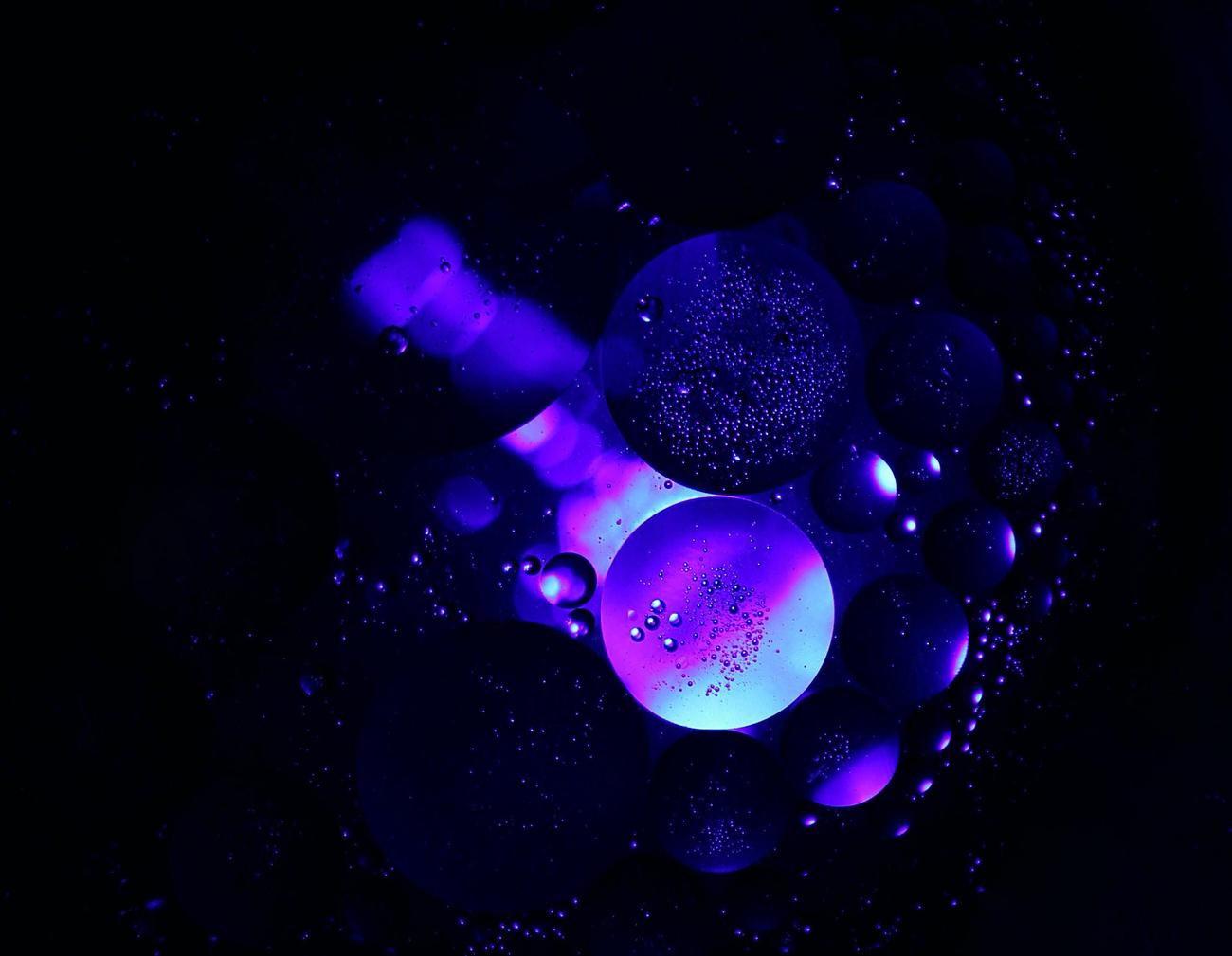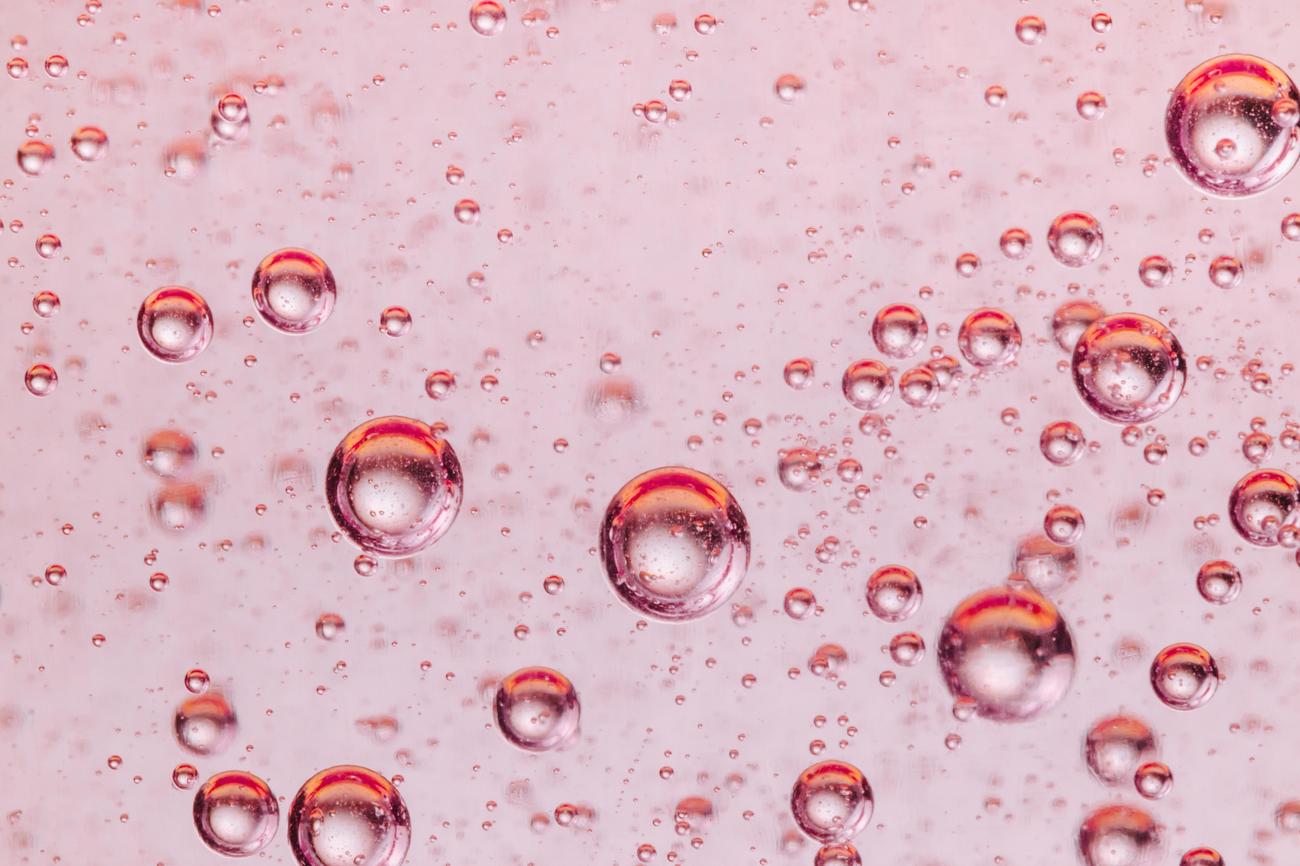Welcome to a world where science meets wonder, where the mysteries of bubble formation are ready to be unraveled. In this article, we delve into the scientific investigation of this mesmerizing phenomenon, exploring the secrets behind bubble formation. From the fundamental principles of physics to the enchanting intricacies of how bubbles take shape, we embark on a journey that will both captivate and enlighten. So, prepare to be amazed as we dive deep into the captivating world of bubble formation and uncover the fascinating science that lies within.

Scientific Investigation of Bubble Formation
Bubble formation in aqueous media is a captivating phenomenon that has intrigued scientists for years. It is believed to be initiated by stable gas nuclei, but the existence of these nuclei is still a subject of controversy. To shed light on this topic, a detailed investigation using light and electron microscopes has been conducted, aiming to explore the behavior and formation of bubbles in various contexts, including SiC, FBR, and micro-devices.
One of the major challenges of this research lies in accurately detecting and describing the gas nuclei responsible for bubble formation. These nuclei are elusive and difficult to observe directly. However, through the meticulous use of advanced microscopy techniques, researchers have been able to gain valuable insights into their characteristics and behavior.
In understanding bubble formation, it is essential to consider its applications in different industrial processes. For instance, the research conducted can have a significant impact on areas such as biogas generation and capillary filling speed. By unraveling the secrets behind bubble formation, scientists can find ways to enhance these processes and improve their efficiency.
Although the investigation of bubble formation may seem complex, it is important to make it accessible to all audiences. By breaking down intricate concepts into simpler terms, we can bridge the gap between expert researchers and the layperson. Just like bubbles themselves, this investigation is full of wonders waiting to be discovered. So, let’s dive into the fascinating world of bubbles and explore the science behind their formation!
“Through meticulous microscopy techniques, researchers have gained valuable insights into the behavior and formation of bubbles, uncovering the secrets hidden within aqueous media.”
Exploring the Behavior of Gas Nuclei
To understand bubble formation, it is crucial to delve into the behavior of gas nuclei. These tiny, stable entities serve as the catalysts for bubble formation. However, due to their size and transient nature, they are not easily detectable. The research effort put into investigating these gas nuclei has been crucial in expanding our knowledge of bubble formation.
By employing advanced light and electron microscopes, scientists have been able to capture glimpses of these elusive gas nuclei. Through careful examination, they have deciphered their characteristics, including size, composition, and distribution. This knowledge provides a foundation for gaining a deeper understanding of the bubble formation process.
“Microscopy techniques have unveiled the mysteries surrounding gas nuclei, showcasing their pivotal role in initiating bubble formation.”
Unraveling the Secrets of Bubble Formation
The investigation of bubble formation extends beyond understanding the behavior of gas nuclei. Researchers have ventured into various contexts, such as SiC, FBR, and micro-devices, to explore the mechanisms and factors that contribute to bubble formation. Through meticulous observation and experimentation, they strive to uncover the secrets that govern this captivating natural phenomenon.
In these studies, scientists analyze how factors like pressure, temperature, and surface tension influence bubble formation. By manipulating these variables, they can gain insights into the conditions necessary for bubbles to form and evolve. This detailed investigation allows us to view bubble formation as a complex interplay of physical and chemical forces.
“Delving into different contexts, scientists have unraveled the intricate secrets behind bubble formation, shedding light on the underlying mechanisms at play.”
The Practical Applications of Bubble Formation Research
While bubble formation may seem like a mesmerizing natural wonder, it also holds practical applications in various industrial processes. For example, the research conducted in this field contributes to advancements in biogas generation and capillary filling speed.
Biogas generation, a renewable energy source, relies on the efficient production of bubbles during the decomposition of organic matter. Understanding the dynamics of bubble formation can help optimize biogas production methods, ensuring maximum yield and sustainability.
Similarly, capillary filling speed plays a crucial role in several industries, including microfluidics and medical devices. Bubble formation can impede the flow of liquids through microchannels, affecting the functionality of these devices. Through scientific investigation, researchers can develop strategies to minimize bubble formation and enhance the precision and efficiency of capillary filling processes.
“The research on bubble formation has direct implications for industrial processes, such as biogas generation and capillary filling speed, paving the way for improved efficiency and sustainability.”
The Marvels of Bubble Formation Unveiled
The scientific investigation of bubble formation uncovers a world of wonders hidden within aqueous media. By exploring the behavior and formation of bubbles, researchers have advanced our understanding of this fascinating phenomenon. Through advanced microscopy techniques, we have gained insights into the elusive gas nuclei that initiate bubble formation. Additionally, studies in different contexts have revealed the secrets behind bubble formation, allowing us to comprehend the underlying mechanisms at play.
This research not only satisfies our curiosity but also holds practical applications in various industrial processes. By optimizing biogas generation and enhancing capillary filling speed, we can tap into the potential benefits of bubble formation for energy production and microfluidics. The investigation of bubble formation truly exemplifies the power of scientific exploration to unravel the mysteries of the natural world.
“The investigation of bubble formation has illuminated the captivating world that lies beneath the surface, reminding us of the marvels waiting to be discovered within aqueous media.”
Bubbles have fascinated scientists for centuries, and there is still so much to learn about these enchanting spheres of air and water. Did you know that bubbles always strive to be perfectly spherical due to the surface tension of water? It’s true! They naturally form a round shape to minimize the amount of energy within the bubble. If you’re intrigued by science facts about bubbles, you won’t want to miss out on exploring more about this captivating subject.

FAQ
Question 1: What initiates the formation of bubbles in aqueous media?
Answer: Bubble formation in aqueous media is believed to be initiated by stable gas nuclei.
Question 2: Is the existence of gas nuclei responsible for bubble formation controversial?
Answer: Yes, the existence of gas nuclei is still controversial.
Question 3: What methods were used in the investigation of bubble formation?
Answer: The investigation of bubble formation involved the use of light and electron microscopes.
Question 4: What contexts were explored in the research on bubble formation?
Answer: The research explored the behavior and formation of bubbles in various contexts, including SiC, FBR, and micro-devices.
Question 5: What are the challenges in accurately detecting and describing the gas nuclei responsible for bubble formation?
Answer: The challenges of accurately detecting and describing the gas nuclei responsible for bubble formation were addressed in the research.
- Mastering Leader in Spanish: The Complete Guide - April 19, 2025
- Uncovering Surprising Parallels: England Size Compared to US States - April 19, 2025
- Old Mexico Map: Border Shifts 1821-1857 - April 19, 2025
















